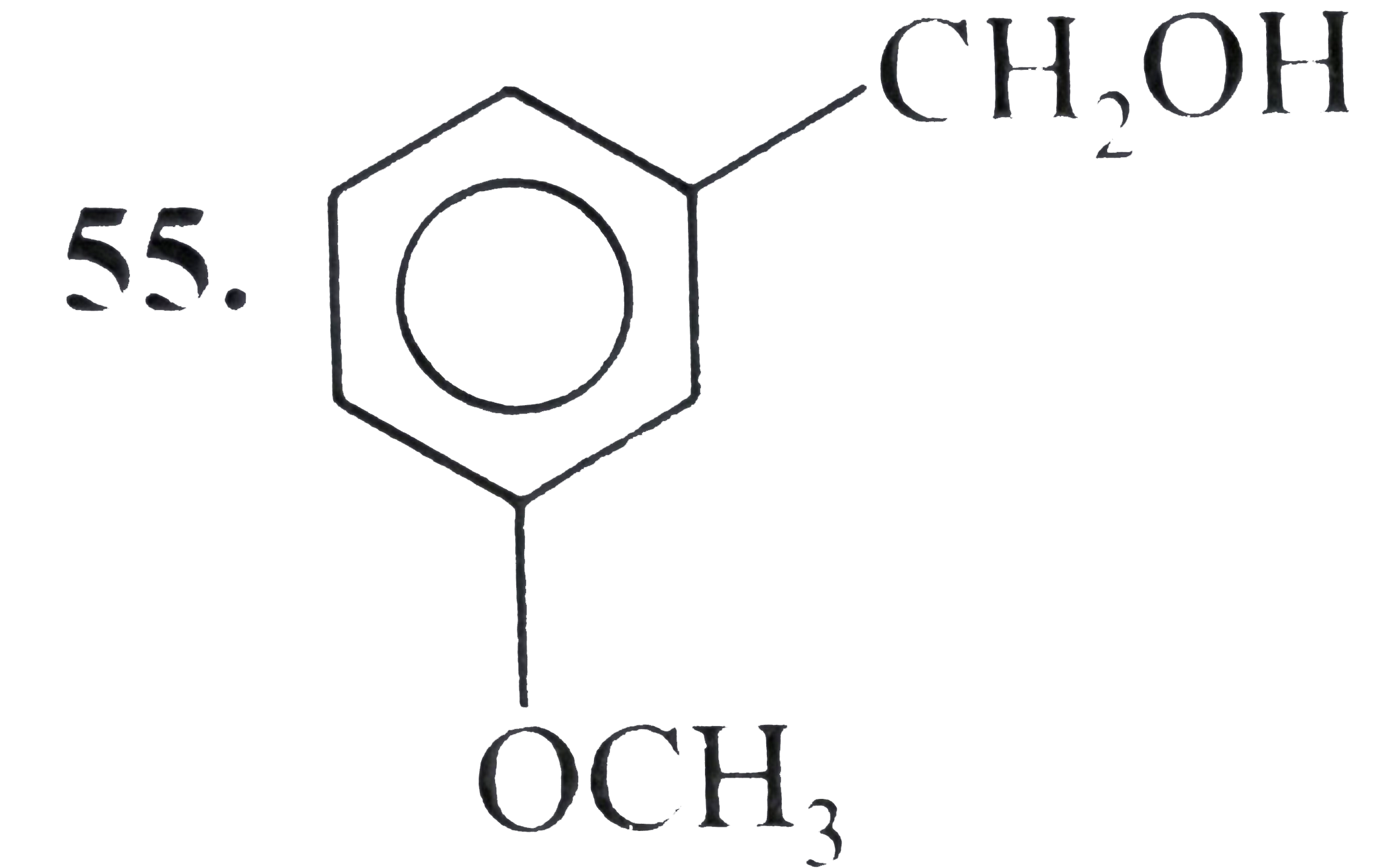R−NH−COHPOCl3−−−−−−→pyridine product. In the given reaction what will be the product.
R−N=C=O
N−+N≡C−
R−C≡N
None of these
The correct Answer is:B
To solve the question regarding the reaction of R-NH-COH with POCl3 in the presence of pyridine, we will follow these steps:
Step 1: Identify the Reactants
We have the reactant R-NH-COH (which is an amide) and we are reacting it with POCl3 (phosphoryl chloride) in the presence of pyridine.
Hint: Identify the functional groups present in the reactant and the role of the reagents.
Step 2: Understand the Role of POCl3
POCl3 is a dehydrating agent. It can facilitate the conversion of amides to isocyanates by removing water (dehydration).
Hint: Recall how dehydrating agents typically function in organic reactions.
Step 3: Mechanism of Reaction
1. The nitrogen atom in the amide (R-NH-COH) has a lone pair that can attack the phosphorus atom in POCl3. This forms a positively charged intermediate.
2. The chlorine atom in POCl3 acts as a good leaving group and will leave, resulting in a positively charged nitrogen and a double bond between carbon and oxygen.
Hint: Consider the electron movement and the formation of intermediates during the reaction.
Step 4: Formation of Isocyanate
After the formation of the intermediate, a proton (H+) is removed, leading to the formation of an isocyanate (R-N=C=O) as the final product. The nitrogen will carry a positive charge, and the carbon will be triple-bonded to nitrogen.
Hint: Think about the stability of the resulting product and the nature of the bonds formed.
Step 5: Identify the Product
The product formed from this reaction is R-N=C=O, which is isocyanate.
Hint: Compare the final product with the options provided in the question to confirm the correct answer.
Conclusion
The product of the reaction of R-NH-COH with POCl3 in the presence of pyridine is an isocyanate (R-N=C=O).
Final Answer
The correct product is R-N=C=O (isocyanate).
---
We have the reactant R-NH-COH (which is an amide) and we are reacting it with POCl3 (phosphoryl chloride) in the presence of pyridine.
POCl3 is a dehydrating agent. It can facilitate the conversion of amides to isocyanates by removing water (dehydration).
1. The nitrogen atom in the amide (R-NH-COH) has a lone pair that can attack the phosphorus atom in POCl3. This forms a positively charged intermediate.
2. The chlorine atom in POCl3 acts as a good leaving group and will leave, resulting in a positively charged nitrogen and a double bond between carbon and oxygen.
After the formation of the intermediate, a proton (H+) is removed, leading to the formation of an isocyanate (R-N=C=O) as the final product. The nitrogen will carry a positive charge, and the carbon will be triple-bonded to nitrogen.
The product formed from this reaction is R-N=C=O, which is isocyanate.
The product of the reaction of R-NH-COH with POCl3 in the presence of pyridine is an isocyanate (R-N=C=O).
The correct product is R-N=C=O (isocyanate).
Similar Questions
Knowledge Check
R−NH−COHPOCl3−−−−−−→pyridine product. In the given reaction what will be the product.
AR−N=C=OBR−N≡C−CR−C≡NDNone of these SOCl2−−−−→Pyridine Product is:A
SOCl2−−−−→Pyridine Product is:A B
B C
C D
D
 SOCl2−−−−→PyridineA+SO2+HCl
SOCl2−−−−→PyridineA+SO2+HCl
The product A in the above reaction isA B
B C
C D
D

(i)KCN−−−−−−−→(ii)H+ Product , Product obtained in the reaction is :
View SolutionH−O||C−NHRPOCl3−−−−−−→PyridineX+H2O
In this reaction X is
View Solution overset(Na^(o+)NH_(2))toA, major product A and reaction R are :
overset(Na^(o+)NH_(2))toA, major product A and reaction R are :
View SolutionCH3−C≡CH+CH+2H2Rancy Ni−−−−→ΔA
product 'A' in the given reaction is _____.
View SolutionCH3COH∣CH−CH2−CH2−NH2Ethylformate−−−−−−−→Triethylamine product
The major product of the given reaction is:
View Solution

